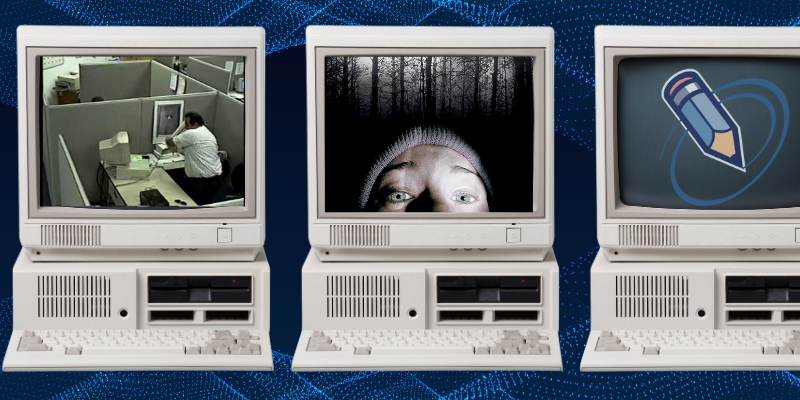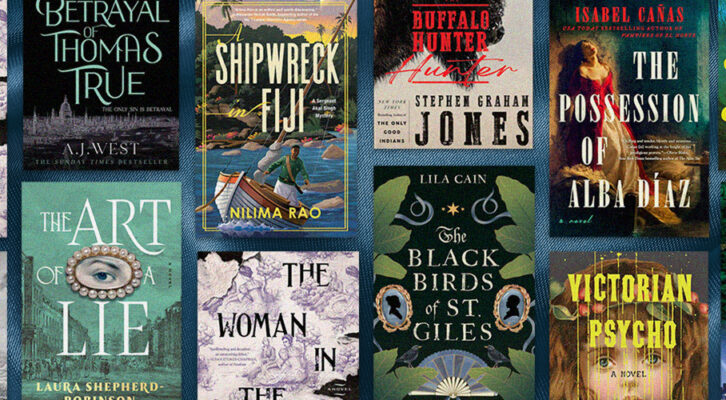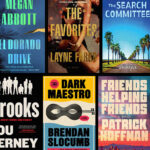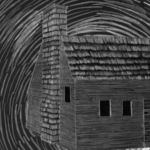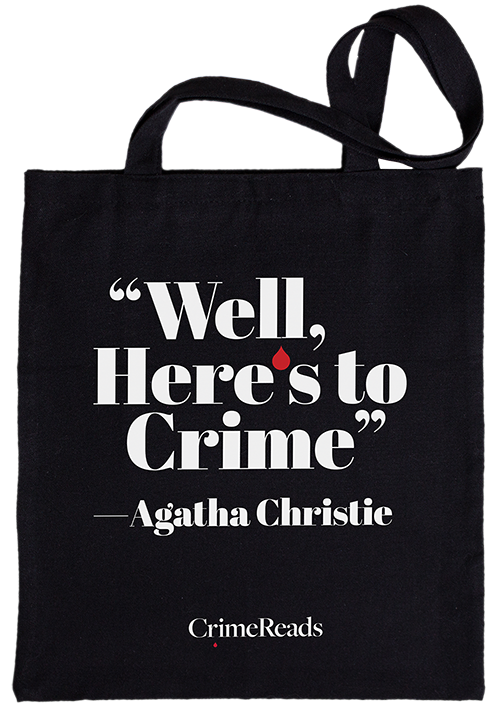My new novel, 13 Months Haunted, largely takes place in the fall of 2000. It’s also extremely tech-centric, with my protagonist, Piper, maintaining a blog as she investigates a family who may—or may not—have lived in a haunted house. At the center of this investigation is a young girl named Avery, who is terrified of computers and refuses to be left alone.
I was in college in the early 2000s, and the technology from that era is still extremely vivid to me. It was an exciting time—music sharing, social networking, and the phenomenon of viral content were all still very new, and I was understandably naive.
In my book, Piper shares this naivety, and she finds herself caught up in something terrifying that she can’t control. My experiences with technology from that time helped form the basis for 13 Months Haunted, and the following four early Internet relics were especially influential as I created the world of the novel.
*
LiveJournal
I admit that I never actually used LiveJournal, an online journaling platform launched in 1999. I’m not sure I was aware of its existence at the time. But when I needed a blogging component in 13 Months Haunted, I remembered LiveJournal from the 2010 film The Social Network, where Mark Zuckerberg blogs about his break-up before creating the FaceMash website.
But what did these blogs actually look like? What did people write about? I headed to the Wayback Machine to find out. Sure enough, the online journals from the turn of the millennium are still there, archived for the world to see.
Some entries feel like old-school AOL Instant Messenger away messages: quick notes about being out with friends, eating pizza, listening to Counting Crows, etc. Others are blow-by-blow retellings of someone’s day, including how they feel about their boss at work or thoughts on their crush.
Reading them felt voyeuristic on my end, like I was paging through someone’s diary from two decades ago. I got what I needed and vamoosed.
badday.mpg
You may have seen this video before: a cubicle worker grows increasingly frustrated with his computer before picking up his keyboard and whacking the monitor. He storms off. The short clip appears to be shot from a security camera, adding to its authenticity. It felt like a real moment.
Known as badday.mpg, it picked up viral steam in the late 90s and early 2000s, and I specifically remember it being shared with me via email back in the day. Welp, it’s fake. I was a little dismayed when I learned that the video was entirely staged—Wired did a comprehensive piece on badday.mpg back in 2018, and the whistle was first blown all the way back in 1998, if you knew where to look.
Still, it’s a fascinating piece of Internet lore, and it’s still around (for iPhone users, search “bad day” in the #images category within iMessage, and it should pop up).
The Original Blair Witch Website
The year is 1999, and you’re heading to the movie theater to watch a found footage film about three college students who went missing in the Maryland woods. “It’s real,” someone told you. “There’s a whole website about it.” Did you, or someone you know, fall for this?
My buddy did. He watched The Blair Witch Project thinking it was actual, horrifying footage shot by film students before they vanished. Suffice to say he was disturbed.
I can’t really fault my friend, because the Internet was a very different place in 1999. Debunking things and sharing your “well, actually…” thoughts took a bit more effort, as such, the Blair Witch website seemed extremely real, and who was going to tell you that it wasn’t? It featured crime scene photos, interviews, mythology, timeline, the whole shebang.
The site launched in 1998, a full year before the movie came out, and it’s truly the gold standard for viral marketing. I highly recommend checking it out.
The Mislabeled Gin and Juice mp3
Remember Napster? The infamous music-sharing application launched in 1999, and it was a revelation. I can download any song I’ve ever wanted? For FREE? It felt too good to be true—and it was. Napster was eventually sued into oblivion.
Those were simpler times: searching for your favorite songs and waiting potentially hours for them to download. And you were at the mercy of the uploader—song title, mp3 quality, length, you name it.
So when a bluegrass cover of the Snoop Dogg classic Gin and Juice appeared on Napster labeled as being by Phish, many music fans took the uploader’s word for it. Except it wasn’t Phish. The cover was actually performed by a Texas band called The Gourds.
It certainly wasn’t the only mislabeled mp3 on Napster, but it’s one of the most famous examples of the phenomenon—and still a running joke in the Phish community.
***

